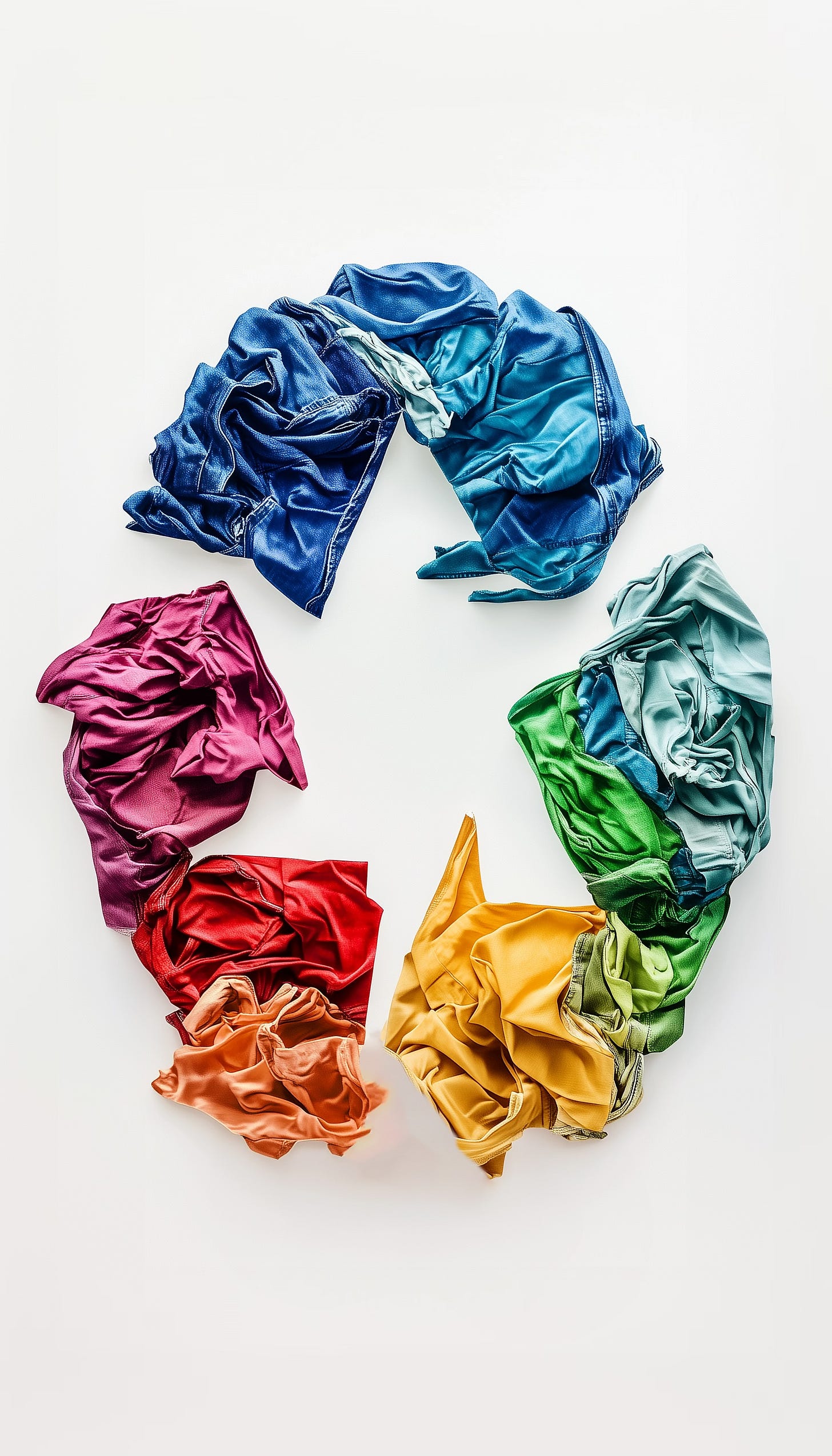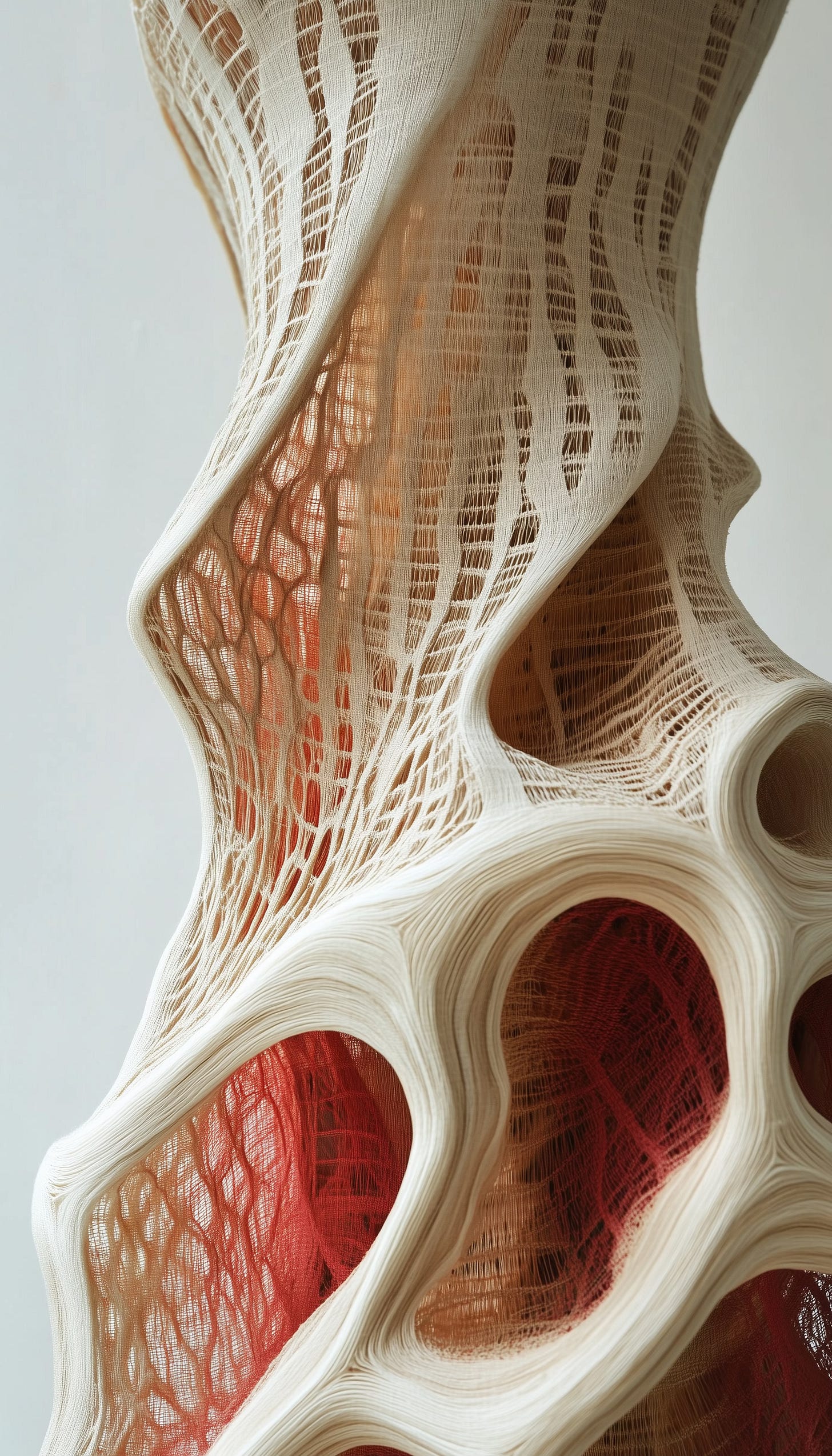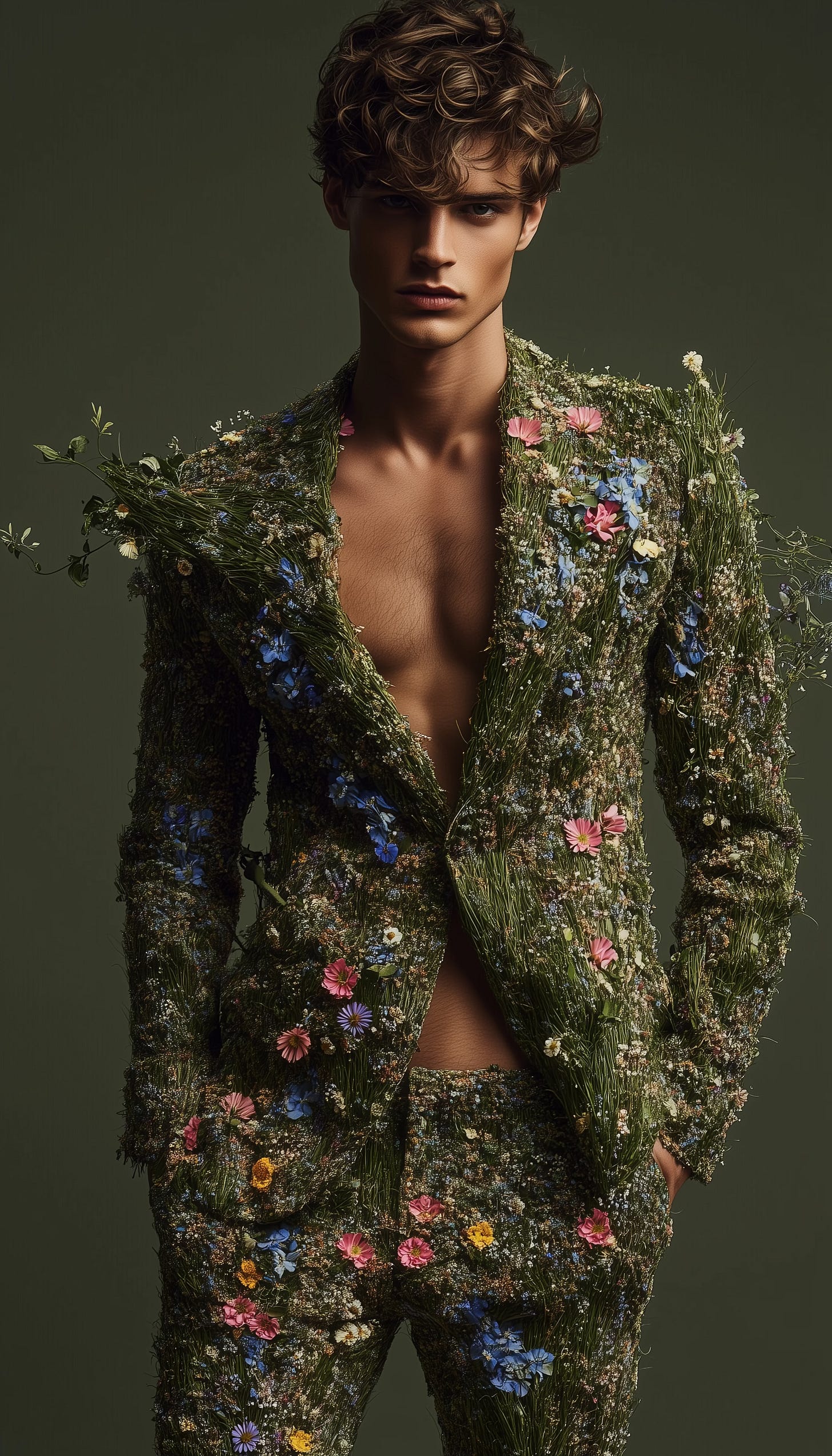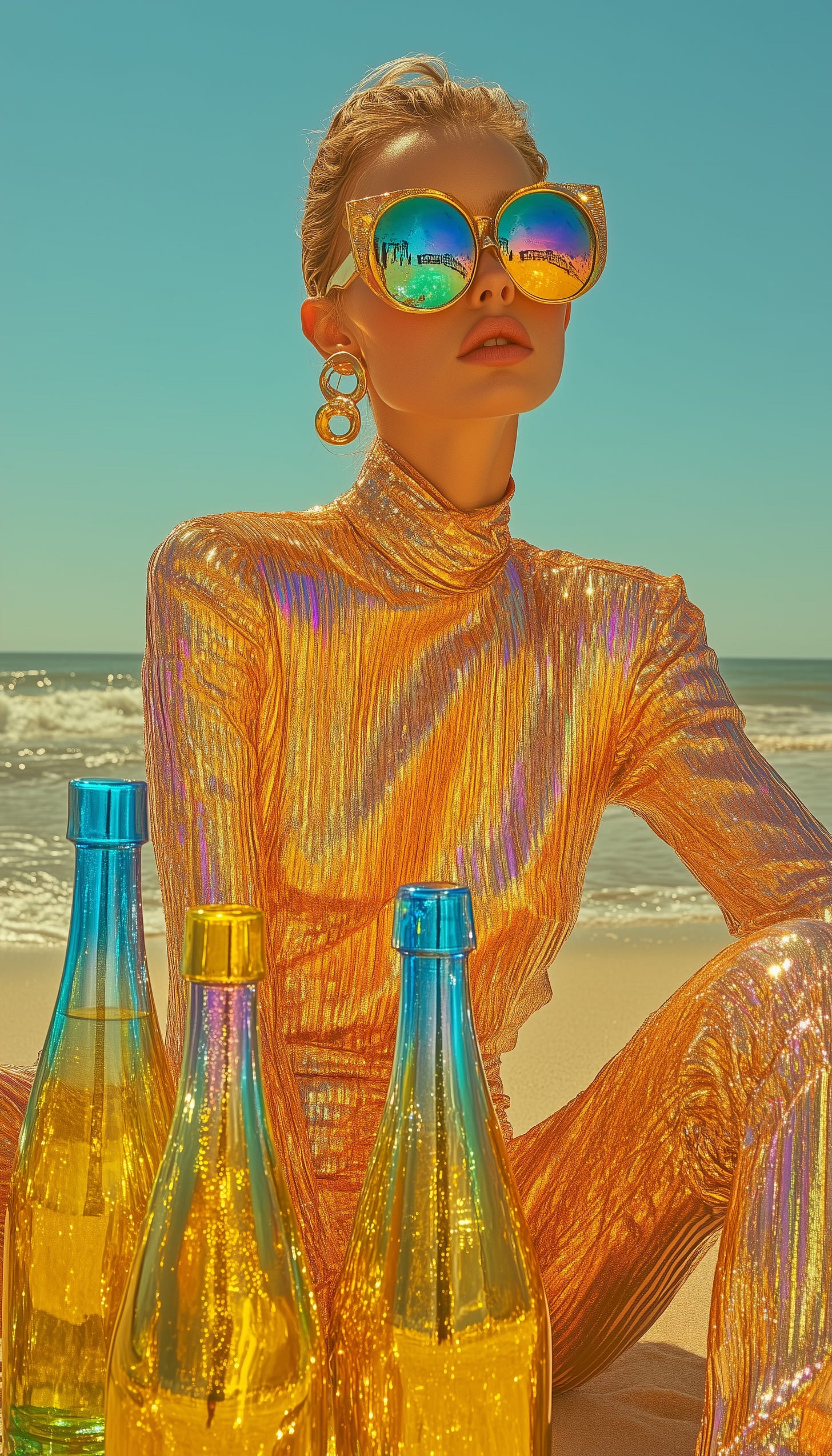September is a busy month in the fashion world with major Fashion Weeks happening in cities like New York, London, Milan, and Paris. These events are more than just showcases of glamour; they’ve become platforms for designers to present their eco-friendly innovations, from biodegradable glitter to plant-based textiles. As sustainability continues to dominate the conversation, Fashion Week is now the perfect stage for brands to unveil their latest strides toward a greener, more ethical future.
Sustainability has become a cornerstone of modern fashion. However, eco-friendly fashion is not a new concept. For centuries, certain practices have been inherently eco-friendly, and now, as the industry moves toward a more sustainable future, we are seeing an innovative blend of old and new approaches to reduce waste and promote ethical production.
The History of Sustainability in Fashion
Historically, fashion wasn’t always the wasteful industry it is today. Before the rise of fast fashion, garments were made to last, using natural materials like wool, linen, and hemp. Tailoring, mending, and repurposing old clothes were common practices. The idea of “throwaway fashion” is a recent development tied to mass production and industrialization in the mid-20th century.
One long-standing eco-friendly practice is upcycling—repurposing old or discarded materials into new garments. This tradition has deep roots in many cultures and is experiencing a revival as designers give vintage and discarded fabrics new life on the runway.
Modern Eco-Friendly Practices and Innovations
Eco-friendly fashion has dramatically evolved in the 21st century, blending traditional practices with cutting-edge technology. Here are some of the key innovations driving sustainable fashion forward:
Sustainable Materials: Eco-conscious materials like mushroom leather, hemp, and recycled polyester are becoming more prevalent. These materials are biodegradable and reduce the environmental impact of clothing production.
Circular Fashion: Circular fashion practices, such as upcycling and take-back programs, are key to reducing fashion waste. Brands are encouraging consumers to return worn garments, which are then repurposed into new products.
3D Virtual Sampling: Brands like Tommy Hilfiger are adopting 3D virtual sampling to minimize waste during the design process. This technology allows designers to visualize and refine clothing digitally before production, eliminating the need for wasteful physical samples.
Fashion on Demand: On-demand fashion production is emerging as a solution to overproduction. By producing garments only after they are ordered, companies can significantly reduce waste and align more closely with consumer demand.
Ethical Transparency: Many brands are prioritizing transparency about their supply chains, ensuring that their production is ethical and eco-friendly. Blockchain technology is playing a vital role in providing consumers with traceability of garment origins.
Reflecting on the Fashion Industry: Thinking Years Ahead
One fascinating aspect of the fashion industry is how forward-thinking it has always been. Designers, manufacturers, and trend forecasters are often looking years ahead to anticipate future trends. Platforms like WGSN are crucial in this process, helping design houses and manufacturers in both fashion and home goods align with each other and stay ahead of trends.
WGSN provides trend forecasting that allows the fashion industry to plan collections and ensure they are in sync with broader cultural movements and consumer demands. Sustainability is no exception to this. We’re now seeing eco-conscious fashion trends anticipated years in advance, with brands building more sustainable practices into their future collections to meet the growing demand for ethical fashion.
Fashion Trends to Expect in 2025
As we look ahead to 2025, several key trends are emerging in sustainable fashion:
Bio-Based Textiles: Materials like lab-grown leather and plant-based fabrics are gaining popularity. These innovative materials offer a sustainable alternative to traditional textiles.
Digital Fashion: Digital-only fashion, where consumers buy outfits for virtual spaces, is expected to grow. This reduces the need for physical clothing while still offering creative expression in the digital realm.
Modular Clothing: Customizable clothing that can be transformed into different styles will continue to rise. This reduces the need for multiple garments and supports long-term, sustainable wardrobe choices.
Inclusive Sizing and Fit: Technologies like mobile body scanning are helping brands create clothing that fits a wider range of body types, reducing returns and waste.
Low-Impact Dyeing Techniques: New dyeing methods are being developed to reduce water and chemical use, making this traditionally polluting process more environmentally friendly.
Combatting Microplastic Pollution: PlanetCare has created an innovative microfiber filter designed to be integrated into washing machines, effectively capturing microplastics before they enter wastewater systems. This advanced system utilizes a unique combination of electrically charged fibers and membrane nanotechnology to filter microplastics from water. As synthetic fabrics like polyester and nylon continue to dominate the fashion industry, microplastic pollution has become a significant environmental issue. PlanetCare’s technology provides an effective solution, reducing the amount of harmful pollutants that ultimately end up in the ocean. By incorporating this filter into washing machines, consumers and manufacturers alike can take meaningful steps toward minimizing their environmental impact.
Conclusion
As the fashion industry continues to evolve, sustainability is becoming more than just a trend—it’s the new standard. Whether through innovative textiles, ethical production, or forward-thinking design, the industry is making strides toward a more environmentally conscious future. Fashion Weeks in September are the perfect platform to witness these innovations firsthand, offering a glimpse into a future where fashion and sustainability coexist.








